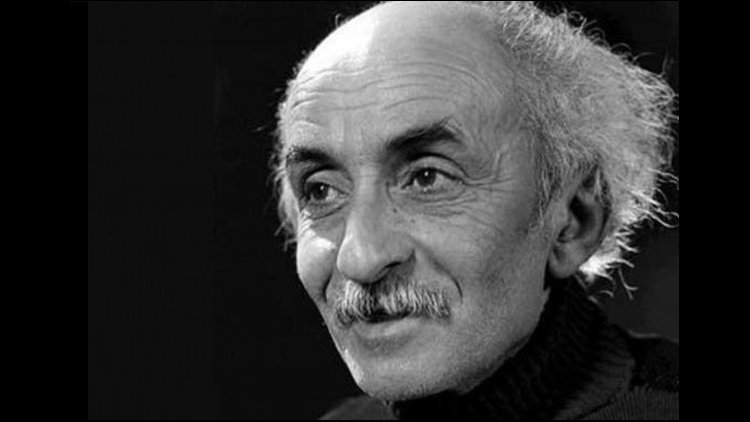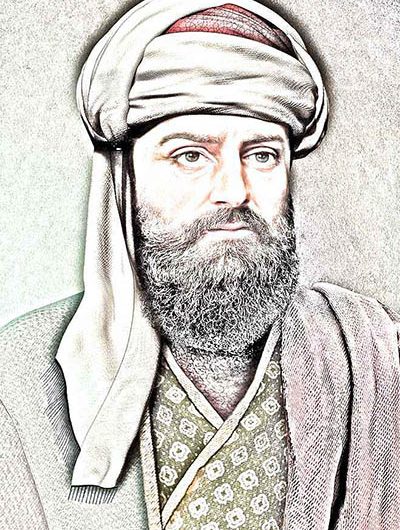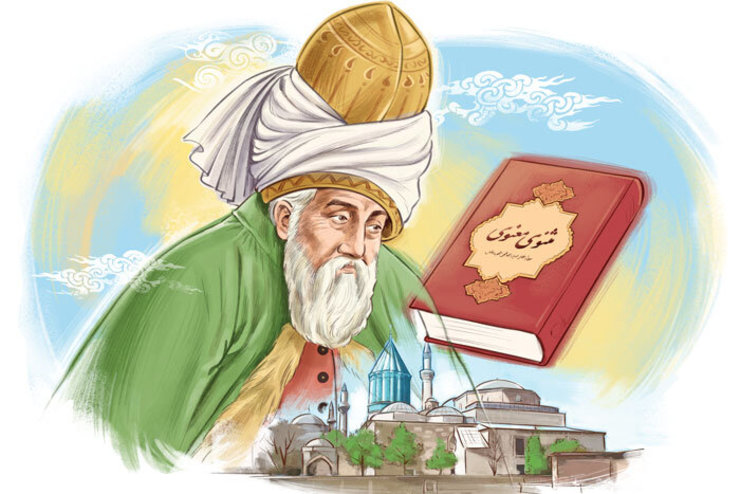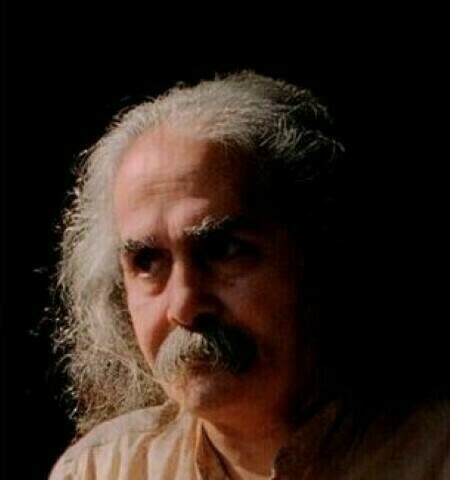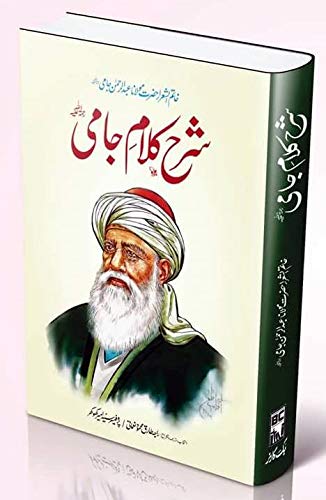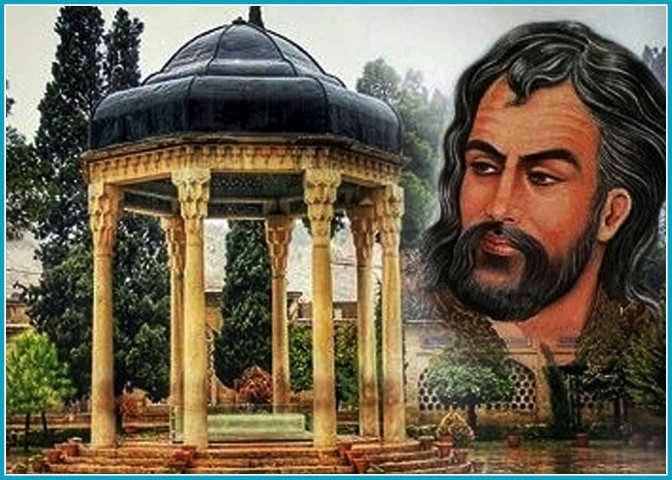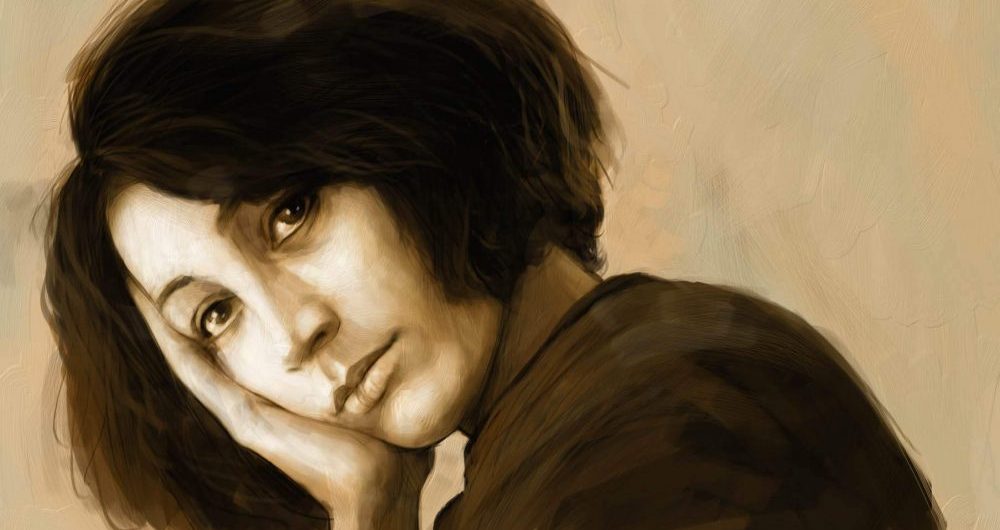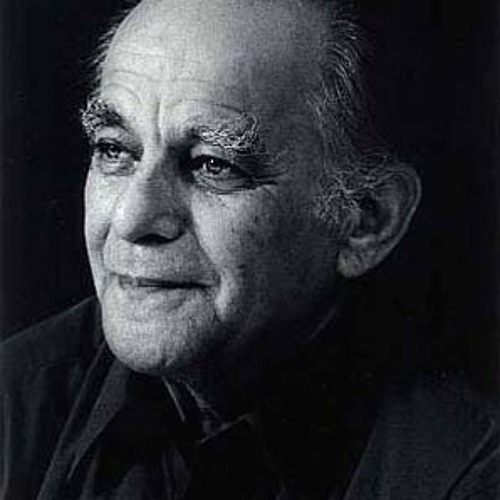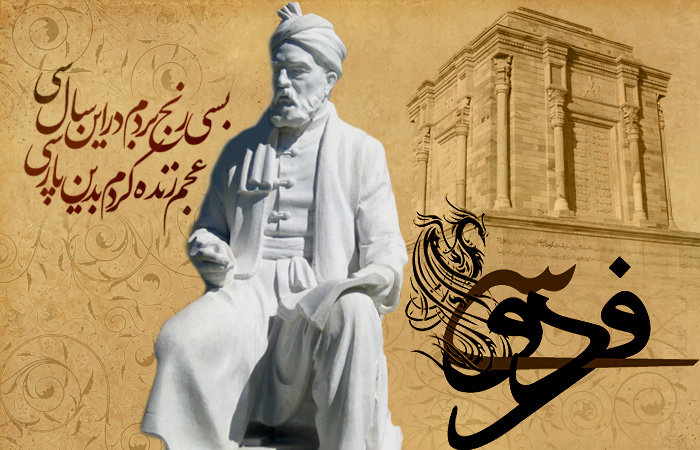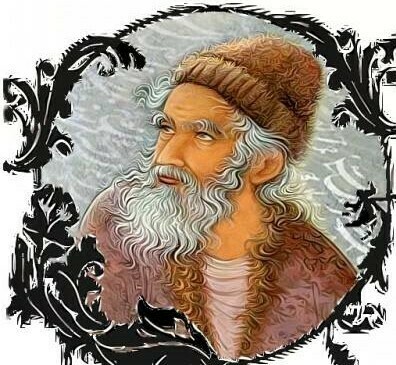Jalal ad-Din Muhammad Rumi He was born in 1207 in Balkh, in the province of Great Khosrasan of Persia (present-day Afghanistan), into a Pharisee family. His father, Baha ad-Din, was a renowned religious scholar. Under his patronage, Rumi received his early education from Syed Burhan-al-Din. At the age of about 18, to avoid Mongol invasions, they moved west through Iran, Iraq, and Syria, meeting famous writers and mystics, such as the revered poet Attar, author of the most beautiful spiritual parable in Persian, "The language of the birds." The family's flight ended in 1226 in the Anatolian city of Konya, capital of the Turkish Seljuk Sultanate of Rum, for which the poet is named. Rumi settled there, taught and composed until his death in 1273. Despite the fact that the Konya sultans were forced to pay tribute to the Mongols in 1243, the city continued to be a haven for Islamic culture, bringing together exceptional minds from faraway places in hard times. Mevlana was sent to Aleppo (present-day Syria) for advanced education and then to Damascus. He continued his training until he was 40 years old, although when his father died, Rumí succeeded him as a teacher in the famous Konya madrasa at the age of about 24. He received his mystical training first from Syed Burhan al-Din, and then he was trained by Shams-e Tabrizi. He became famous for his mystical vision, his religious knowledge, and as a Persian poet. He taught a large number of disciples in his madrasa and also founded the Sufi order of Mevlevi dervishes and instituted the ecstatic dance ritual for which "Whirling Dervishes" are still known today. He died in 1273 in Konya (present-day Turkey), which later became a sacred place for the dervishes of the Mevlevi order.
Jalal ad-Din Muhammad Rumi
He was born in 1207 in Balkh, in the province of Great Khosrasan of Persia (present-day Afghanistan), into a Pharisee family. His father, Baha ad-Din, was a renowned religious scholar. Under his patronage, Rumi received his early education from Syed Burhan-al-Din. At the age of about 18, to avoid Mongol invasions, they moved west through Iran, Iraq, and Syria, meeting famous writers and mystics, such as the revered poet Attar, author of the most beautiful spiritual parable in Persian, “The language of the birds.” The family’s flight ended in 1226 in the Anatolian city of Konya, capital of the Turkish Seljuk Sultanate of Rum, for which the poet is named. Rumi settled there, taught and composed until his death in 1273. Despite the fact that the Konya sultans were forced to pay tribute to the Mongols in 1243, the city continued to be a haven for Islamic culture, bringing together exceptional minds from faraway places in hard times. Mevlana was sent to Aleppo (present-day Syria) for advanced education and then to Damascus. He continued his training until he was 40 years old, although when his father died, Rumí succeeded him as a teacher in the famous Konya madrasa at the age of about 24. He received his mystical training first from Syed Burhan al-Din, and then he was trained by Shams-e Tabrizi. He became famous for his mystical vision, his religious knowledge, and as a Persian poet. He taught a large number of disciples in his madrasa and also founded the Sufi order of Mevlevi dervishes and instituted the ecstatic dance ritual for which “Whirling Dervishes” are still known today. He died in 1273 in Konya (present-day Turkey), which later became a sacred place for the dervishes of the Mevlevi order.


